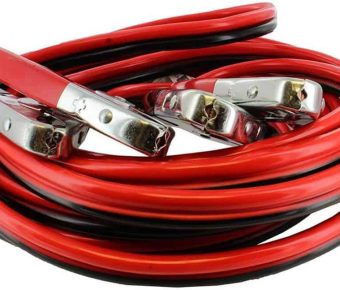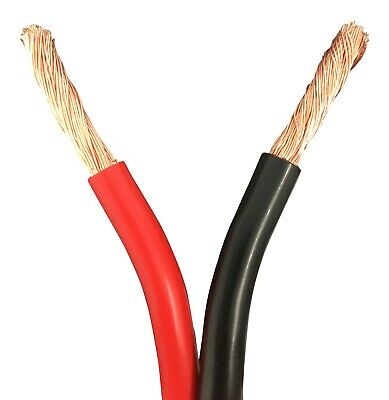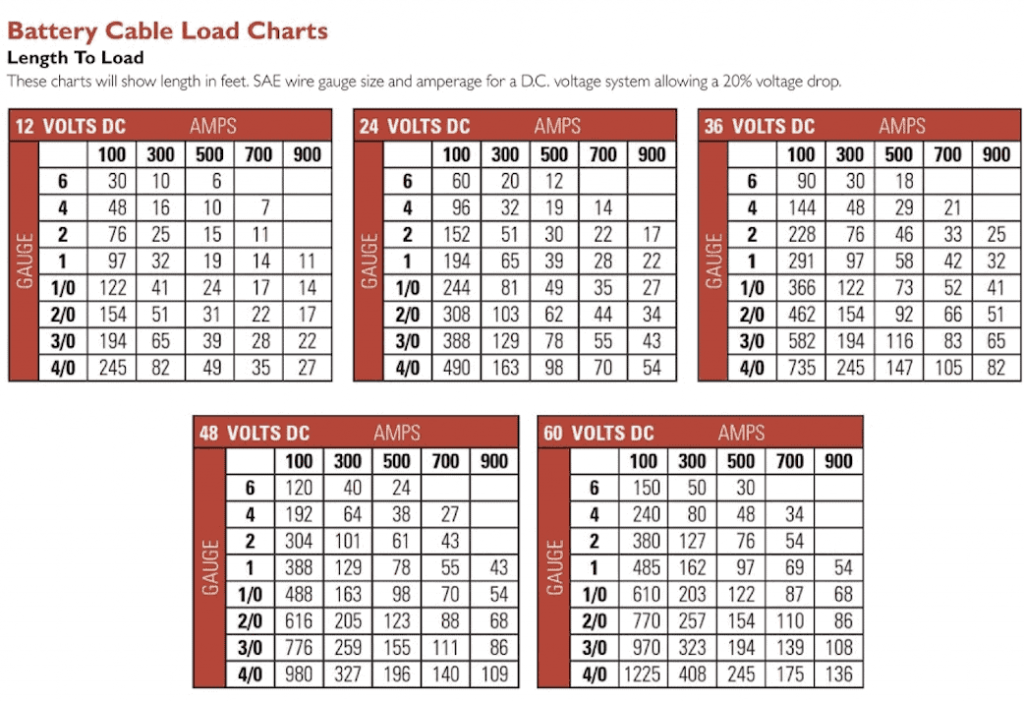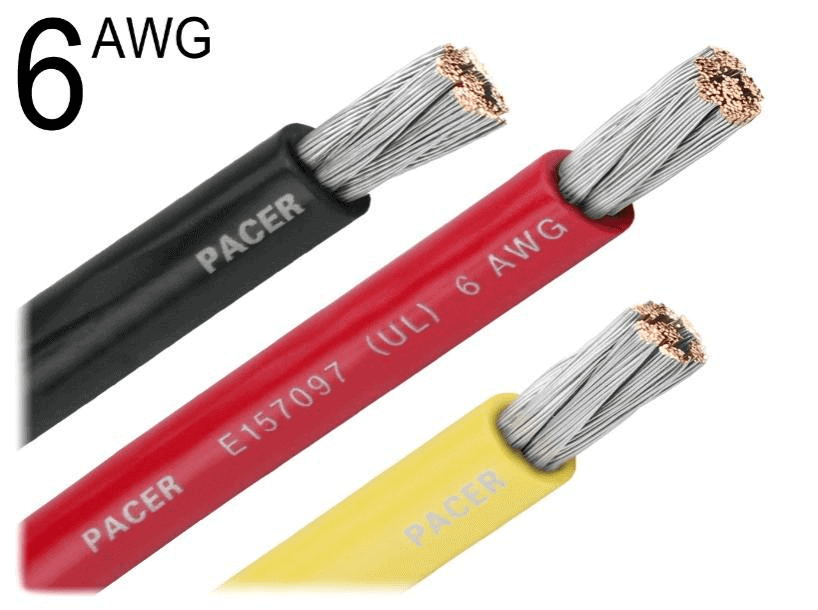- Leading Cable and Wire Manufacturer-ZW
- 6 Gauge Battery Cable
6 Gauge Battery Cable
- According to IEC and Standard
- PVC
- Approved by CCC, CE, GB, and BV
- Large stock battery cables with different sizes
6 Gauge battery cable is made from 6AWG copper battery cable with flexible copper wire. 6 Gauge wire is very soft, more durable, and more stable than other battery cables on the market. We manufacture and produce battery cables that are up to any standard. If you can’t find the cable you need, please give us a call or email us and we will work with you to design the perfect cable to meet your needs.
Conductor: 0.20/430
Operational Temperature Range: -15°C to +105°C
Outer Sheath: PVC
Color of outer sheath: Red and Black
Overall Diamter:7.0mm
6 Gauge Battery Cable: An Ultimate Guide in 2021
Introduction
A 6 gauge battery cable is among the critical considerations for selecting a durable cable for your battery.
To show the wire’s thickness, gauges are marked using small and large numbers. The thickness of the wire cables is measured using, American wire gauge method (AWG). Wire diameters range from AWG 4/0 up to AWG 40 and are quantified numerically.
AWG is a standard logarithmic that was formed in the U.S for electrically conductive wires.
ZW cable is a leading professional manufacturer of 6 gauge battery cable with over 30 years of experience. We meet all your cable and wire needs across the world.
Figure 1; 6 Gauge Battery Cables (Red and Black)
Therefore, knowing the thickness of wires makes it easier for industry professionals. The knowledge allows you to choose appropriate cables for specific applications.
A cable with a wrong gauge poses greater risks, some of them you might not realize. A cable that is too thick prevents proper current distribution. Contrastingly, in most cases, a wire gauge that is too thin will short-circuit and cause a fire.
To avoid such cases, ensure you check out the amp and gauge charts when selecting the appropriate cables for your battery.
You can check out these comprehensive and easy charts.
Figure 2; Battery Cable Load Chart
1.What Is 6 Gauge Battery Cable?
Wire gauges come in different sizes (gauges). Each gauge is designed to serve different purposes.
Each wire gauge is characterized by a number. The small numerals represent thick gauges, and the larger numerals represent thin numbers.
The 6 gauge battery cable wire is a heavy set of red and black battery cables (positive and negative) that is used to connect your battery to its starting systems.
The 6 gauge battery wire is designed to meet the demands of a variety of environments. For instance, it is made of a full AWG-sized conductor made of copper to give you maximum power.
Its insulation compounds are also designed to withstand extreme cold weather of up to -45C to 105C.
Moreover, the insulation material of the 6 gauge battery wire is designed to withstand abrasions, chemicals, corrosions, sunlight, and other petty damages that affect faulty cables.
There are various types of these 6-gauge battery cables.
Let’s check out the common ones.
6 gauge AWG insulated battery cable
Figure 3; 6 Gauge AWG Insulated Battery Cables (Red, Black &Yellow)
6 gauge battery cables are suitable for use in trucks, solar panel systems, cars, lawnmowers, golf carts, or R.V. trailers. We common called car battery cable.
You can also use these cables to charge your batteries.
Figure 4; 6 Gauge Marine Tinned Battery Cable
2. Why do battery chargers need a 6 gauge battery cable?
If you need your battery management system to be streamlined, you need quality cables. Cables for the system’s critical components.
Having high-quality cables ensures you have maximum power and minimum battery drain. While most of us never consider battery cables as part of the auto parts that undergo tear and wear, there are multiple reasons to buy new ones.
Regardless of the reasons for changing your cables, consider the best options in the market, like the 6 gauge battery cable.
For example, if you’re worried about the sparks and hydrogen released from batteries, you need a strong and reliable cable for your charger.
The moment you need to be extra careful is when someone requests you to jump-start their car. This is when most faulty cables react vigorously, releasing sparks and heat. However, it is better to be safe than to regret later, they say.
Batteries do emit an H2 gas which is often explosive. It reacts to release lots of heat, and the process can be represented using a simple chemical equation 2H2 + O2 = 2H20. This is the simple chemical reaction behind the reaction.
Most batteries only emit the H2 gas because of fast charging and discharging cycles.
So, if you see these reactions, do not think that maybe your battery is dead. It is just a normal hitch that you can solve using the 6-gauge battery cable.
It adds additional safety when plugged between your charger and the battery.
3. What is a 6 gauge battery cable’s diameter?
The numerical values that are signed to the gauge cables also represent their diameter. The larger the numeral delegated to a wire, the smaller the diameter; the smaller the numeral, the higher its diameter.
There exist two categories of conductor diameters; overall diameter and conductor diameter. Overall diameter is the cross-sectional measurement of a cable, including insulation. The conductor diameter is one of the cables without the insulator.
The 6 gauge battery cable is estimated to have an average external diameter of about 0.330 inches. This cable is intended for low voltage and battery use. It accommodates up to 25 volts A.C. and 60 volts D.C.
Its internal core is made of copper, which is highly conductive to ensure a maximum flow of current. It is also highly flexible to fit perfectly to any angle.
Figure 5; Cable Construction
4.What is gauge size for 6 volt battery cable?
Cables come in different gauge sizes due to variations in their applications. For instance, the wire used for crafting is thin to support twisting and bending.
If you’ve ever bought a battery cable before, you must have noticed that they have different sizes and types to choose from. The different sizes and types are intended for various uses.
Wire gauge is the physical size of a cable or wire. It is assigned a numerical designation as sized by the AWG. The smaller the diameter, the greater the wire gauge number, and vice versa.
The common sizes include 2/0, 4, and 2 gauge cables. These sizes also affect the quantity of current passing through the cables. The total current passing through each cable is measured in ampacity, where each wire gauge has a maximum capacity to carry.
The 6 gauge battery cable amp rating is 55 amps.
Below is a table representing the various gauge sizes, including the one for 6 volt battery cable.
Figure 6; Battery Wire and Cable Gauge sizes








